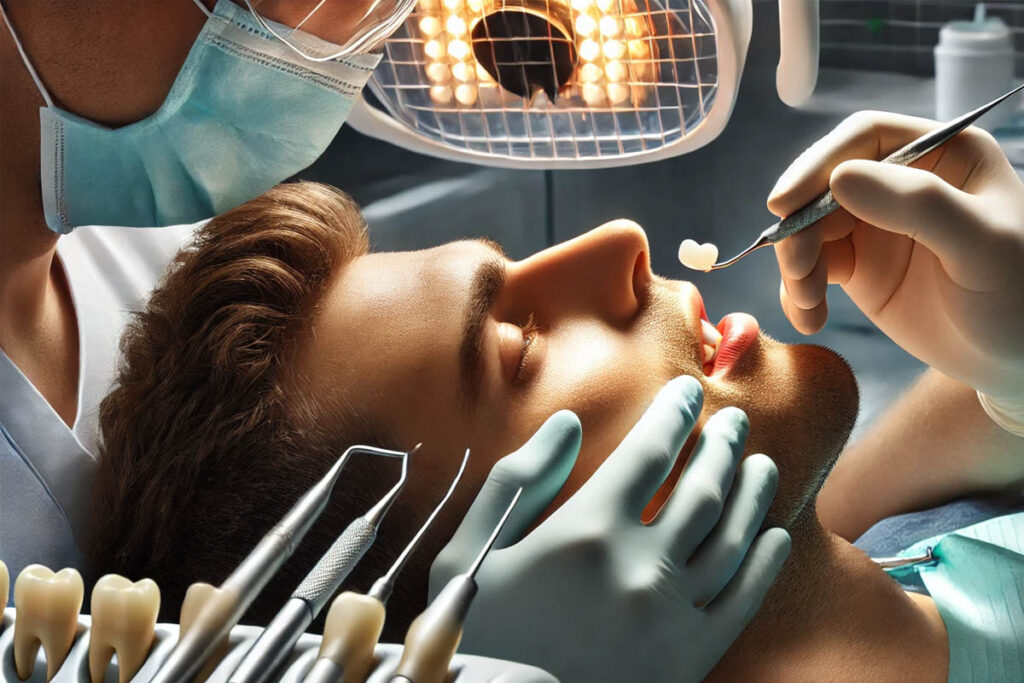Minimally Invasive Techniques in porcelain Veneers Application
Porcelain veneers have revolutionized aesthetic dentistry, offering a transformative solution for enhancing smiles while preserving natural tooth structure. With the advent of minimally invasive porcelain veneers, patients can now achieve a stunning smile without the extensive preparation traditionally associated with dental veneers. This approach aligns with the current demand for conservative treatments that prioritize tooth conservation and patient comfort.

Techniques in Veneer Application
In this clinical review on Dental Near You, we delve into the sophisticated techniques in veneer application that have set new standards in cosmetic dentistry. Why are minimally invasive porcelain veneers considered a breakthrough in aesthetic treatments? What makes them a preferred choice for both dentists and patients seeking cosmetic enhancements? As we explore these innovative procedures, you will discover the benefits of opting for a less invasive approach that does not compromise on the aesthetic outcome.
Are you curious about how these techniques can be tailored to meet your specific dental needs? Could minimally invasive porcelain veneers be the right choice for your smile makeover? Read on to uncover the detailed process and clinical considerations that make these veneers a cornerstone of modern cosmetic dentistry.
The Evolution of Porcelain Veneers: From Traditional to Minimally Invasive
Porcelain veneers have undergone significant evolution since their inception. This section traces the transition from conventional veneer techniques, which often required extensive tooth preparation, to the development of minimally invasive methods that preserve more of the natural tooth structure. Understanding the history and improvements in materials and techniques helps patients and clinicians appreciate the advancements that have led to less invasive options.
Key Techniques in Minimally Invasive Veneer Application
Minimally invasive veneer application relies on precision and artistry. This segment details the specific techniques used in the application of minimally invasive porcelain veneers, including tooth preparation, digital imaging, and adhesive technologies that ensure a perfect fit with minimal alteration to the original tooth enamel. Highlighting the step-by-step process reassures potential patients about the simplicity and safety of the procedure.
Clinical Indications and Patient Selection
Not every patient is a suitable candidate for minimally invasive porcelain veneers. discusses the criteria for patient selection, focusing on the importance of initial dental health assessments and the aesthetic goals that can be realistically achieved with this technique. By delineating who benefits most from minimally invasive veneers, dentists can better guide their patients in making informed decisions.
Advantages and Considerations of Minimally Invasive Porcelain Veneers
While the benefits of minimally invasive porcelain veneers are significant, there are considerations that must be addressed. This section reviews the advantages such as reduced tooth sensitivity, quicker recovery times, and exceptional aesthetic results, alongside potential limitations. Understanding both sides of the coin ensures that patients have realistic expectations and are fully prepared for the procedure.
Conclusion
The field of cosmetic dentistry continues to advance, with minimally invasive techniques in dental veneers application leading the way towards more conservative and aesthetically pleasing solutions. Porcelain veneers, particularly those that are minimally invasive, offer a compelling option for patients looking to enhance their smiles without extensive dental work.
Reflecting on the content of this clinical review, it is evident that the integration of advanced materials and precise application techniques has significantly improved the patient experience and outcomes in cosmetic dentistry. As we continue to embrace these innovations, the potential to achieve a naturally beautiful smile becomes more accessible to all. This exploration of minimally invasive porcelain veneers not only highlights their practical benefits.
also underscores the importance of patient-centered approaches in dental treatments today.


